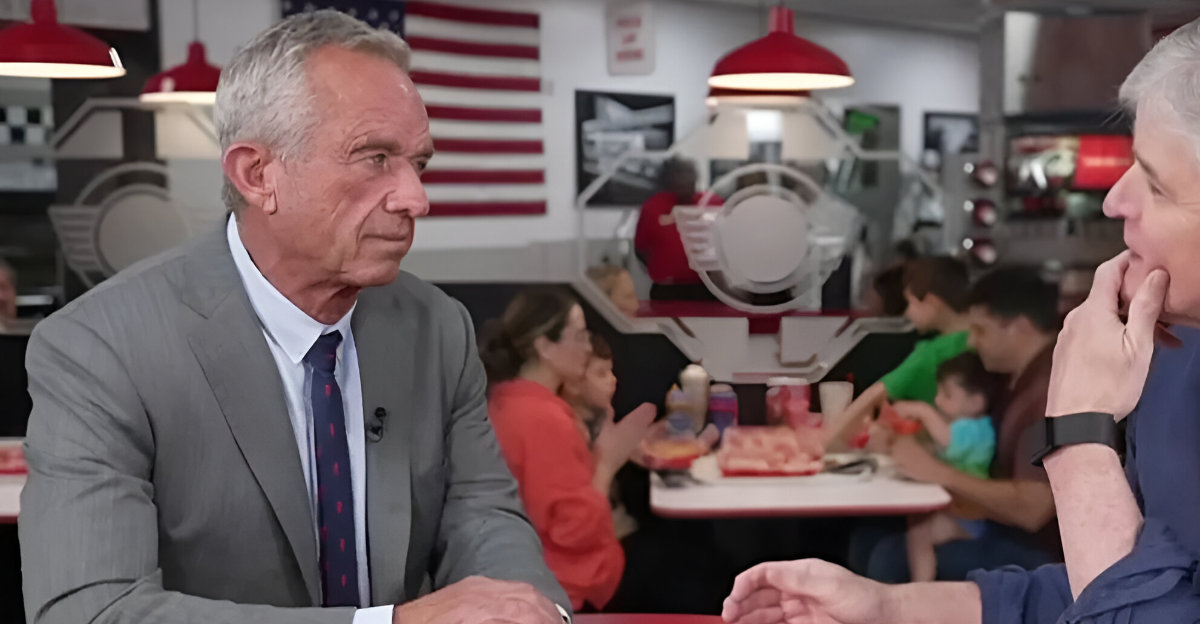
First it was snacks. Then cereals. Now, Robert F. Kennedy Jr. is coming for your morning fix.
The Health and Human Services Secretary has already forced some of the biggest food brands in America to reformulate their products; cutting out dyes, fake sweeteners, and chemical additives. These are calculated moves aimed at the core of a $1.8 trillion industry, with Kennedy leveraging federal power to enforce his “Make America Healthy Again” agenda.
But this past week, Kennedy took things to a whole new level. He sat down with the top brass of a breakfast chain so woven into American life, it fuels tens of millions of people every single morning. What was once off-limits is now squarely in his crosshairs.
The federal government just got personal. And what’s unfolding behind closed doors could change how 330 million Americans start their day.
Let’s break down what happened, and why it’s sparking a nationwide ripple effect.
The MAHA Campaign Picks Up Steam
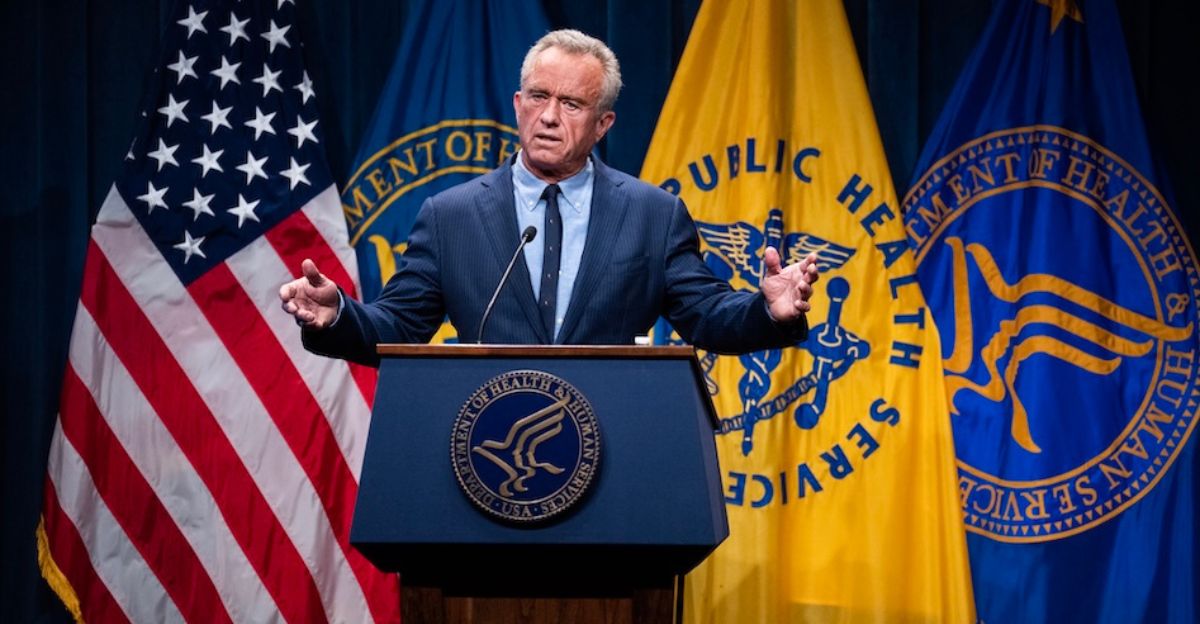
RFK Jr.’s Make America Healthy Again (MAHA) push is already transforming America’s food giants. Under rising federal pressure and changing consumer expectations, brands are rushing to clean up their ingredients. PepsiCo plans to cut artificial colors and additives from U.S. snack lines by the end of 2025.
Kraft Heinz will eliminate all artificial dyes from U.S. products like Crystal Light and Kool-Aid by 2027, though staples like Mac & Cheese and Heinz Ketchup are already dye-free. General Mills is following suit, pledging to remove certified colors from cereals like Lucky Charms by 2027. Even Cheerios, already clean, now feels like the industry standard. And the next big target is even bigger.
Starbucks Lands in the Crosshairs
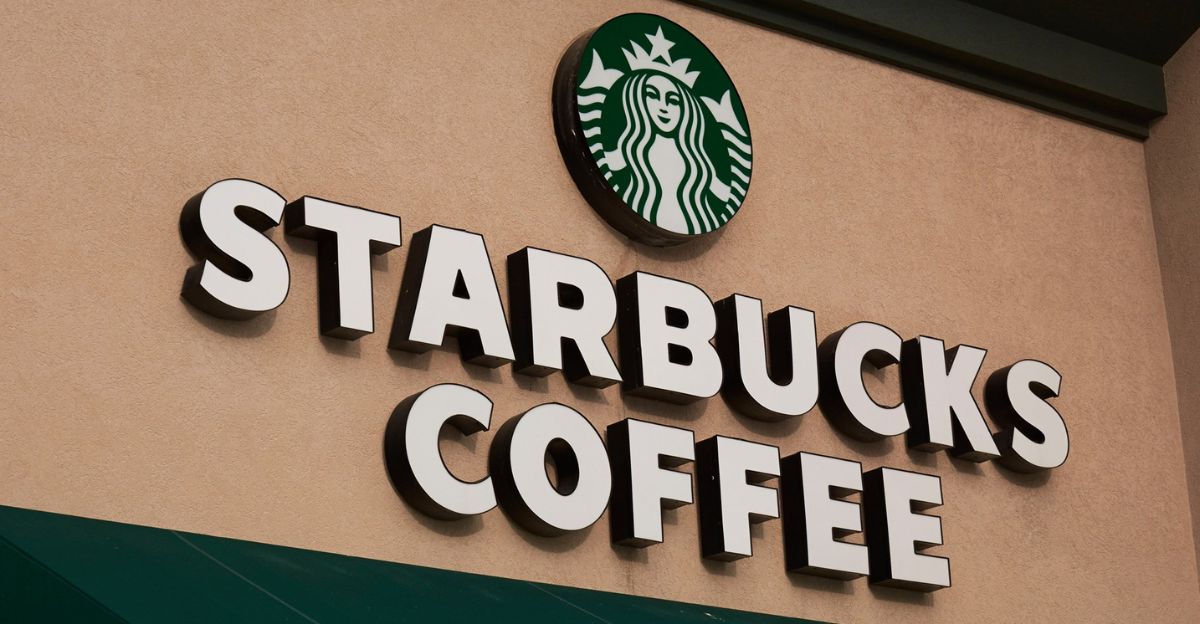
The chain Kennedy is gunning for? Starbucks. With over 17,000 locations and a firm grip on America’s mornings, it’s a high-profile target. On June 17, 2025, Kennedy met with CEO Brian Niccol in a sit-down that rippled across Wall Street. He demanded the company “further MAHA its menu” to match federal health goals.
The optics mattered, Starbucks serves 100 million customers a week, and many of its drinks pack more sugar than soda. Kennedy declared victory, but the bigger story is what this signals: a federal push to control food policy, starting with the nation’s daily caffeine fix.
Behind Closed Doors at Starbucks HQ
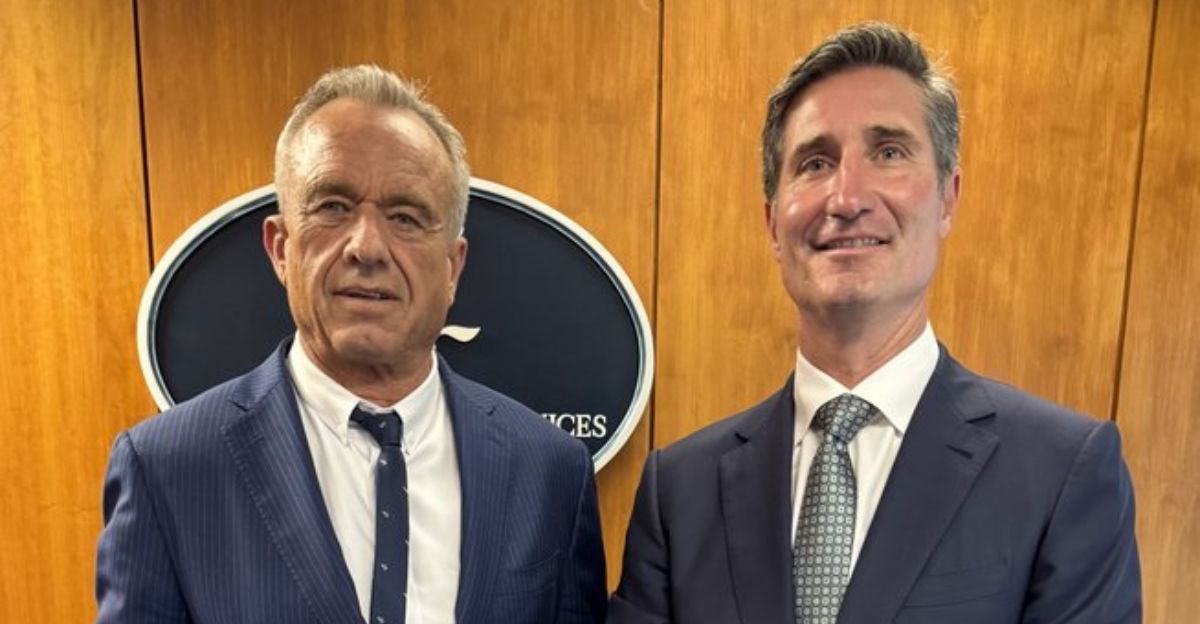
The three-hour Seattle meeting was branded “productive,” but insiders say it was anything but relaxed. Kennedy praised Starbucks for avoiding artificial additives. Yet the real pressure came from timing.
Just a week earlier, Starbucks had rolled out a protein-infused cold foam, 15 grams per drink, likely anticipating federal demands. They’d also cut sugar from matcha powder, triggering a 40% sales jump, and scrapped surcharges on non-dairy milk. These weren’t casual upgrades, they were calculated moves to stay ahead of Kennedy’s crackdown. This was less a negotiation and more a quiet surrender.
The Sugar Bombs on Starbucks’ Menu
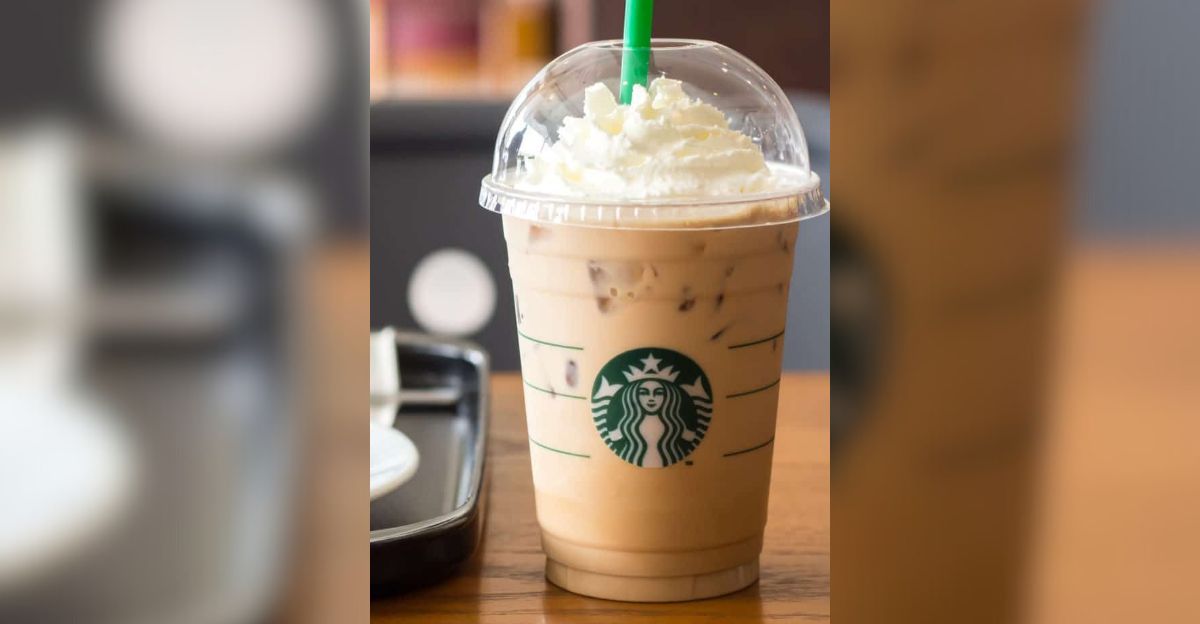
A venti White Chocolate Mocha with whipped cream contains 73.8 grams of sugar, over twice the recommended daily limit for men, nearly triple for women. Many Starbucks drinks exceed 50 grams, while some seasonal options have hit 99 grams, or 25 teaspoons. Even a grande Iced Pumpkin Cream Chai carries 460 calories.
Health advocates argue these drinks are fueling excessive sugar intake, masked as coffee. With 100 million customers served weekly, the impact is enormous. Under pressure from RFK Jr., Starbucks has begun removing dyes and sweeteners, but critics say the real issue, sugar, is far from solved.
The Protein Pivot, and the Illusion of Reform
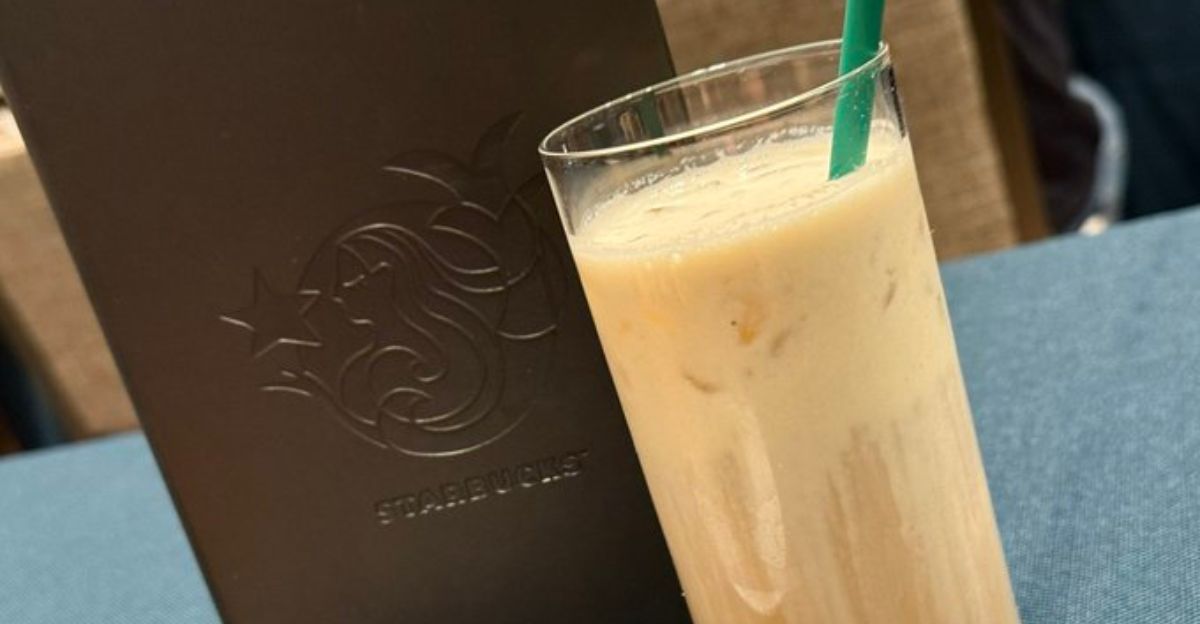
Starbucks is testing banana protein cold foam with 15 to 18 grams of protein, tapping into demand from Gen Z, fitness-focused consumers, and users of GLP-1 drugs like Ozempic. CEO Brian Niccol said the idea came after noticing customers adding their own protein powder in stores.
While the foam may appeal to health-conscious buyers, experts warn it doesn’t solve the bigger issue: sugar-heavy drinks remain untouched. Starbucks is also cutting its U.S. menu by 30% and rolling out digital boards that shift offerings by time of day, changes that appear more market-driven than medically motivated.
MAHA’s Movement Goes Grassroots
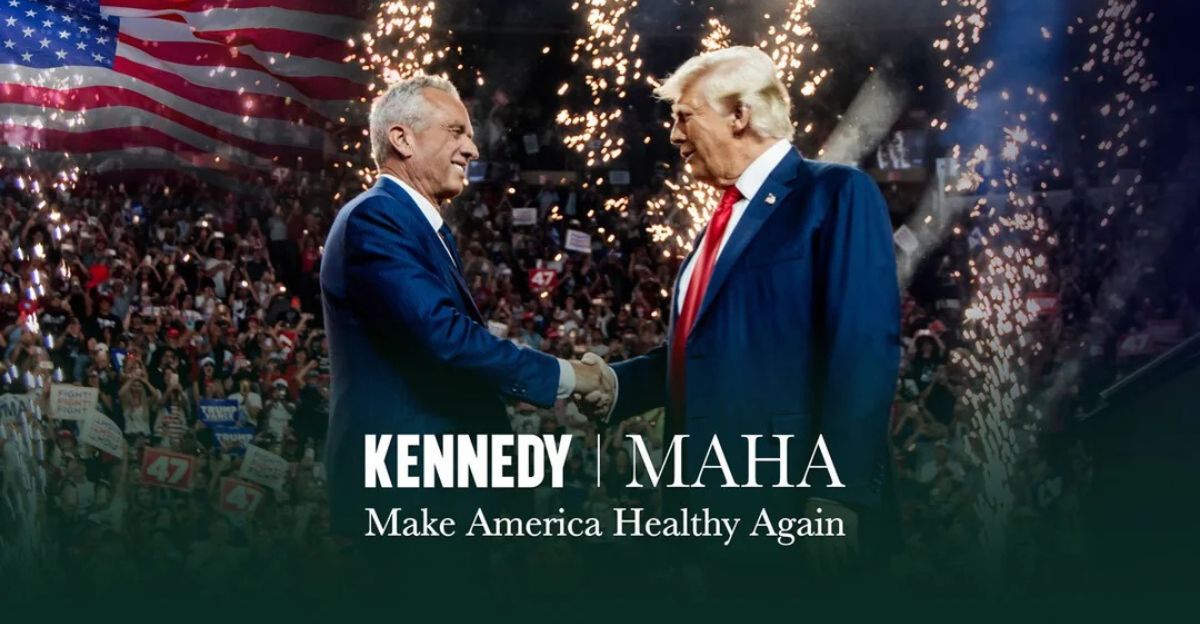
Kennedy’s MAHA agenda is gaining momentum, especially among conservatives. A June 2025 NBC News poll shows his approval at 51% overall, 84% among Republicans, but just 18% among Democrats. Groups like the MAHA PAC and Moms for a Healthier America are driving political pressure nationwide.
Consumer demand is shifting too. Nearly half of global shoppers now seek clean-label foods with natural ingredients. States like Arizona and Utah have passed laws banning artificial additives in school meals, directly inspired by MAHA. While federal rules remain unchanged, Kennedy’s campaign is already reshaping food policy from the ground up.
How Corporate Giants Are Falling in Line
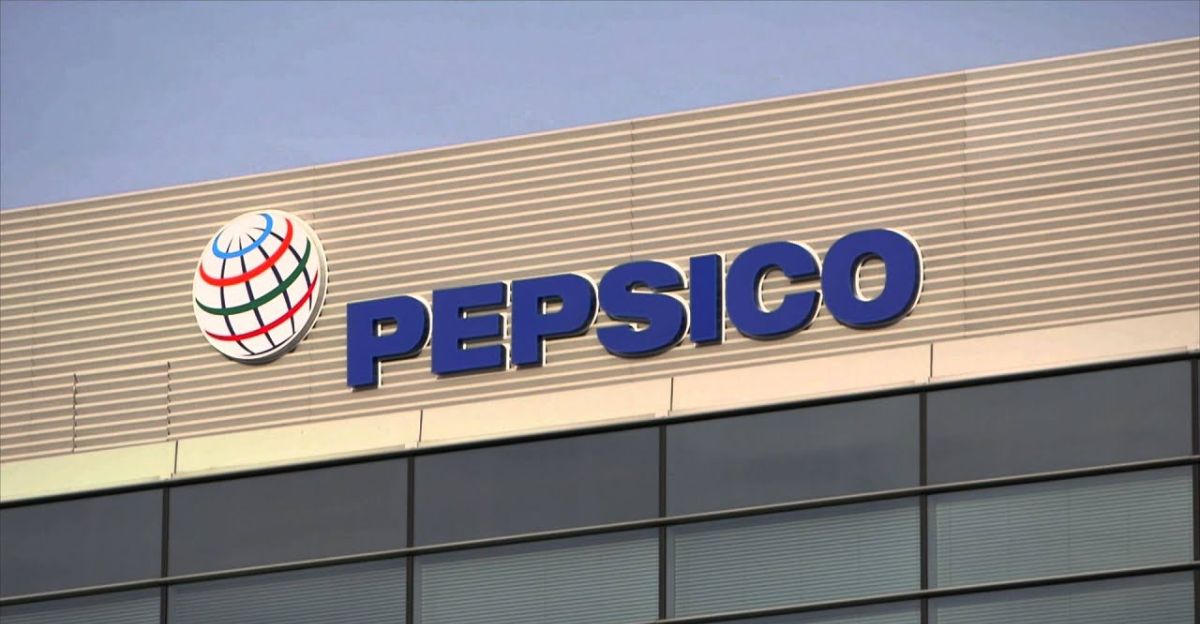
Major food companies are moving fast to meet new federal rules and consumer demand for transparency. Executives are calling it “MAHA-ization.” PepsiCo says over 60% of its U.S. snacks are now free of synthetic dyes, with Lay’s and Tostitos going fully clean by year-end. Kraft Heinz and General Mills plan full dye removals by 2027, starting with school foods.
The pressure is real. In January, the FDA banned Red No. 3. By April, a nationwide phase-out of all petroleum-based dyes was underway. Reformulations are happening not just for safety, but to avoid backlash, and to meet a market no longer willing to accept hidden additives.
The Growing Backlash from Kennedy’s Base
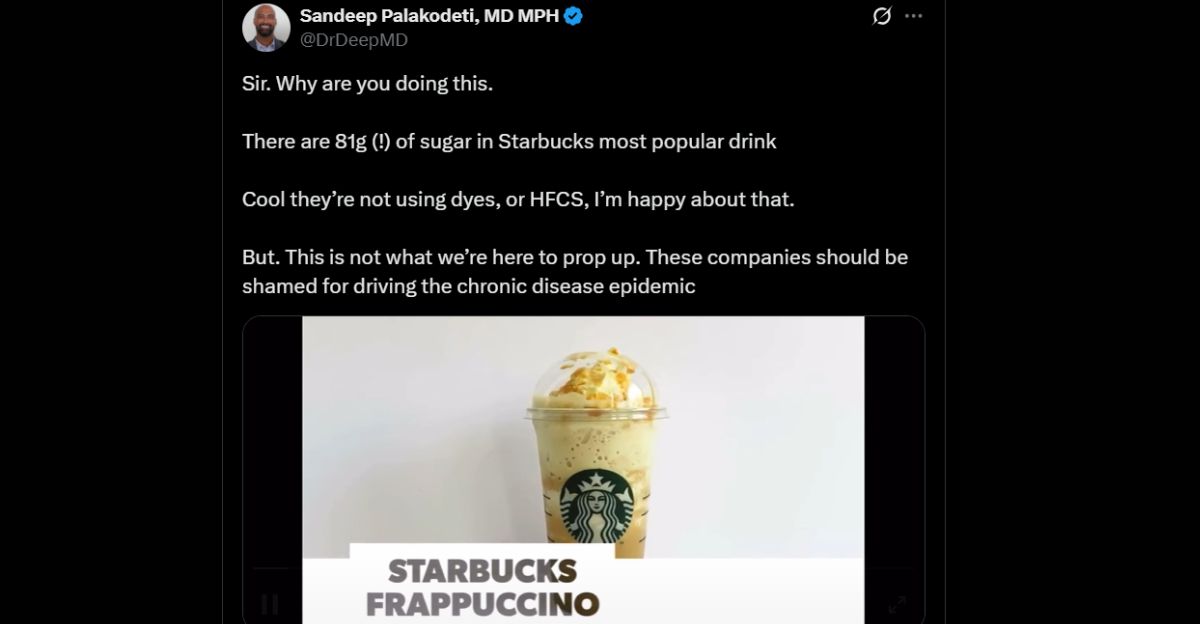
Kennedy’s Starbucks deal has stirred backlash from health advocates, including some within the MAHA movement. While artificial dyes are being removed, critics argue the real problem, excessive sugar, remains untouched.
“Cool they’re not using dyes, or HFCS, I’m happy about that. But. This is not what we’re here to prop up. These companies should be shamed for driving the chronic disease epidemic,” tweeted Dr. Sandeep Palakodeti, a physician and health clinic founder. Others point to additives like maltodextrin and xanthan gum, which remain in several drinks.
Nutrition experts warn that cutting dyes improves optics, not outcomes. Many Starbucks beverages still far exceed daily sugar limits. The controversy has exposed a growing rift: is MAHA pushing genuine reform, or just helping big brands repackage the same unhealthy products?
America’s Morning Coffee Just Got Political
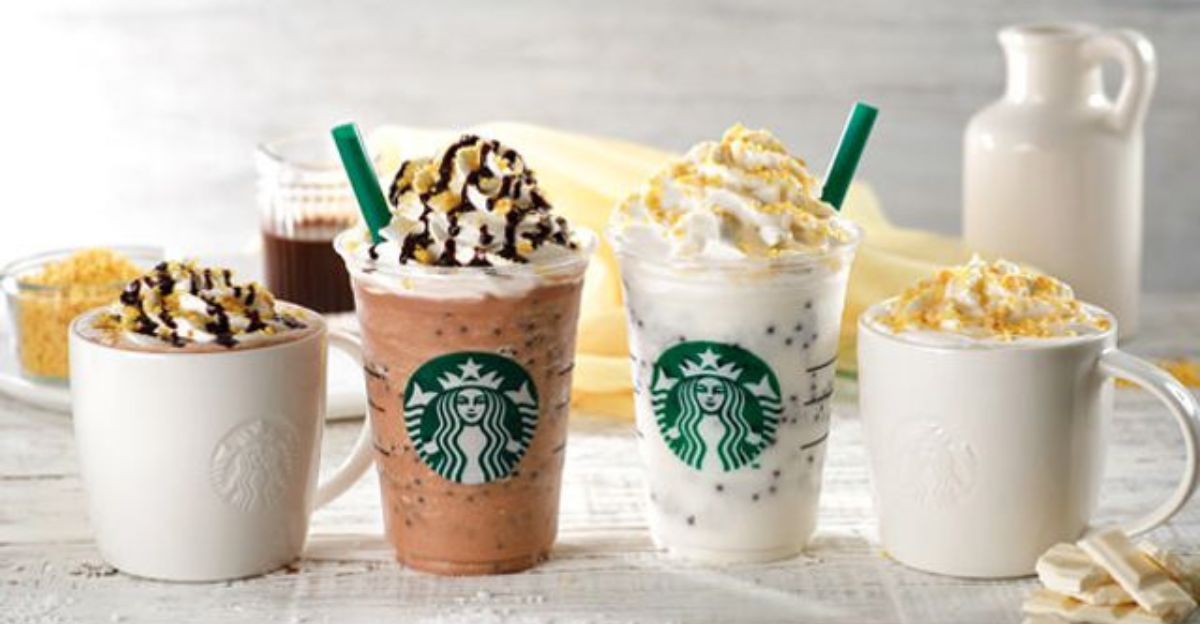
Kennedy’s push on Starbucks isn’t just a skirmish over sugar, it’s a glimpse into a new era of federal food control. Starbucks’ compliance shows no brand is too big to escape public health pressure. Real change won’t just happen in CEO meetings. It happens where these drinks are made nationwide, as consumers question the calorie bombs they’ve come to crave.
The sugar-free matcha’s success proves demand exists for better options. But will these changes reshape health outcomes, or just gloss over the same old problems with slick marketing? With every morning coffee, Americans are now part of an experiment in public health policy.
Discover more trending stories and Follow us to keep inspiration flowing to your feed!

Craving more home and lifestyle inspiration? Hit Follow to keep the creativity flowing, and let us know your thoughts in the comments below!
